Human Trafficking
Posted almost 13 years ago by Amy O'Meara
Dear Vermont Service Provider,
The Vermont Human Trafficking Task Force is asking for your help in
collecting important data concerning the identification of human
trafficking within Vermont. We are also hoping to continue to build
our resource list of organizations that can offer services to victims
of human trafficking. Your help will enable us to both continue to
identify the scope of human trafficking within the state and also help
us to generate a comprehensive list of service providers available to
victims.
In an effort to collect as much information as possible here in the
state of Vermont, please feel free to share this survey with your
colleagues and/or listserves.
Please take a few minutes and complete this short survey by March 8th.
The link to the survey is: http://www.surveymonkey.com/s/HelpSTOPtrafficking
In an effort to help in the completion of the survey, the Federal
definition of human trafficking, as well as the Vermont statute, are
provided below. We have also included a list of “red flags” for you to
consider.
Thank you for your help!
Federal Definition:
The United States’ Trafficking Victims Protection Act of 2000 defines
SEVERE FORMS OF TRAFFICKING IN PERSONS (TIP) as:
Sex trafficking in which a commercial sex act is induced by force,
fraud, or coercion, or in which the person induced to perform such an
act has not attained 18 years of age.
The recruitment, harbouring, transportation, provision, or obtaining
of a person for labor or services through the use of force, fraud or
coercion for the purpose of subjection to involuntary servitude,
peonage, debt bondage, or slavery.
Trafficking victims in the U.S. can be divided into three populations:
Minors (under age 18) involved in commercial sex
Those age 18 or over involved in commercial sex via force, fraud, or coercion
Children and adults forced to perform labor and/or services in
conditions of involuntary servitude, peonage, debt bondage, or
slavery, via force, fraud, or coercion
Vermont Statute:
This law incorporates the federal definition of severe trafficking in
persons. Additionally, it includes a provision for Aggravated Human
Trafficking, which punishes repeat offenders, offences against
children, and conduct that causes severe bodily harm or death. 13 VSA
§2653. The Vermont Statute also includes many Safe Harbor provisions
that protect victims and juveniles. See 13VSA§2652(c)-(e).
Red Flags:
Working conditions: The person...
is not free to leave or come and go as he/she wishes.
is under 18 years of age and is providing commercial sex acts.
is in the commercial sex industry and has a pimp/manager.
is unpaid, paid very little, or paid only through tips.
works excessively long and/or unusual hours.
is not allowed breaks or suffers under unusual restrictions at work.
owes a large and/or increasing debt and is unable to pay it off.
was recruited through false promises concerning the nature and
conditions of his/her work and is therefore being forced to do
different work than they were promised.
is living or working in a location with high security (e.g. opaque or
boarded-up windows, bars on windows, barbed wire, cameras).
Physical and Mental Health Conditions: The person...
exhibits unusually fearful, anxious, depressed, submissive, tense, or
nervous/paranoid behaviour.
reacts with unusually fearful or anxious behaviour at any reference to
law enforcement.
avoids eye contact.
exhibits a flat affect or communicates in a scripted way.
attitude may appear defensive, aggressive or evasive.
exhibits unexplained injuries or signs of prolonged/untreated illness
or disease.
appears malnourished.
shows signs of physical and/or sexual abuse, or physical restraint.
Personal Conditions: The person...
has few or no personal possessions (however, items in their possession
may include a hotel business card, escort service business card, small
knife or some kind of weapon, hotel keys, excess amounts of cash).
is not in control of his/her own money, and/or has no financial
records, or bank account.
is not in control of his/her own identification documents (e.g. ID, passport).
is not allowed or able to speak for him/herself (e.g., a third party
may insist on being present and/or interpreting).
has an attorney that he/she doesn’t seem to know or to have agreed to
receive representation services.
has been “branded” by a trafficker (e.g. a tattoo of the trafficker’s name).
claims to be “just visiting” and is unable to clarify where he/she is staying.
exhibits a lack of knowledge of whereabouts.
exhibits a loss of a sense of time.
has numerous inconsistencies in his/her story.
It is important to note that taken individually, each of these
indicators doesn’t necessarily indicate human trafficking activity,
just as all indicators are not needed to determine the crime has taken
place. The list is to provide a framework for heightening awareness
around human trafficking.
For more information on human trafficking:
www.givewaytofreedom.org
www.polarisproject

Comments
No comments yet.
Only active members can comment on this announcement.
Learn more about membership